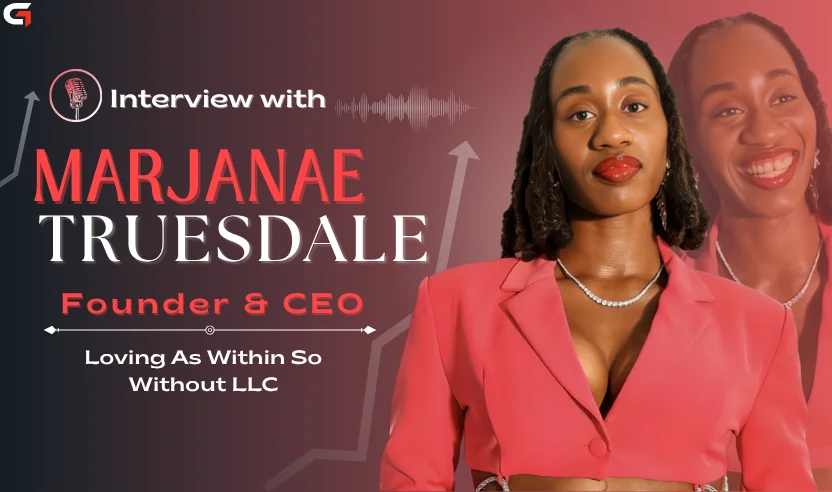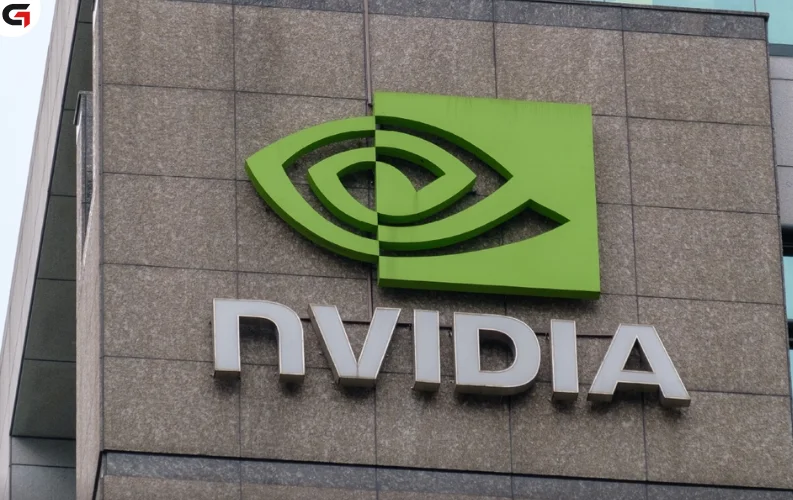In the dynamic and relationship-driven world of real estate investing, business cards remain an essential tool despite the digital era’s dominance. They are tangible reminders of who you are, what you offer, and how others can connect with you—without needing to scroll through a phone or LinkedIn feed. For investors, who often work independently or under smaller business names compared to large real estate firms, a compelling business card can make a significant difference in how they are perceived and remembered.
Unlike corporate agents who rely on big-brand marketing, real estate investors must leverage every piece of branding material strategically. A business card becomes more than a name and number; it serves as a compact billboard, a handshake, and a promise, all at once.
The Purpose of a Business Card in Real Estate Investment
A business card should serve multiple functions. Primarily, it must communicate your identity and function in the investment world. Are you a flipper? A rental property investor? A wholesaler? A syndicator? It should make that clear at a glance.
Secondly, it must convey your credibility and professionalism. This is especially important in investment contexts where large sums of money, distressed property owners, or business-to-business partnerships are involved. A clean, confident design paired with thoughtful content immediately sets the tone for your reputation.
Lastly, it should act as a subtle but strong call to action. Whether that action is scheduling a call, visiting a website, or connecting on LinkedIn, the card should offer an easy next step that encourages future engagement.
Beyond Contact Details: Your Card as a Brand Statement
Many investors fall into the trap of using generic cards, simple designs with only a name and number. But if you treat your business card like a miniature version of your brand, it becomes an extension of your pitch. Your design choices, fonts, colors, and the information you choose to include all influence how you're perceived. A well-branded card can trigger memory recall during key decision-making moments, such as choosing a buyer or partner.
A strong business card helps answer three critical questions for the recipient:
-
Who are you?
-
What do you do?
-
Why should I keep this?
Now, let’s break down what to include on your card to ensure it answers all three questions effectively.
Essential Information Every Real Estate Investor Should Include
Below are the core elements that should be present on every real estate investor’s business card.
Must-Have Details:
-
Full Name – Always include your complete professional name. This builds trust and aligns with your online presence.
-
Professional Title – Be specific (e.g., “Buy-and-Hold Investor,” “Multifamily Syndicator,” or “Wholesaler & Rehab Specialist”).
-
Business Name – If operating under an LLC or brand name, include it. Adds legitimacy.
-
Phone Number – Ensure it’s a number you regularly check.
-
Email Address – Use a domain-based email (e.g., you@yourbrand.com) instead of Gmail or Yahoo.
-
Website URL – Ideal for directing people to listings, services, or your investment background.
-
Geographic Focus – Mention your target area if applicable (e.g., "Serving South Florida Real Estate Market").
-
Tagline or Value Proposition – A one-liner that sums up what makes you different.
-
Call to Action – Encourage engagement with a line like “Schedule a Free Consultation” or “Visit My Site for Listings.”
Optional Additions That Can Enhance Your Card
Depending on your business model, including these extra elements can give your card a competitive edge:
Recommended Extras:
-
QR Code – Directs people to your website, investor deck, or online scheduling page.
-
Social Media Handles – Include only if your pages are active and professional.
-
Professional Headshot – Useful for retail-facing investors or those in local networking.
-
Logo and Brand Colors – Keep it consistent with your other branding.
-
List of Specialties – Flipping, rentals, commercial real estate, etc.
-
Mission Statement or Company Motto – Offers insight into your values and purpose.
Common Mistakes to Avoid
A poorly executed card can do more harm than good. Real estate investing is built on trust and credibility, your card should reflect that.
Avoid These Pitfalls:
-
Using cheap paper or flimsy stock
-
Including too much information (leads to clutter)
-
Using unprofessional email addresses
-
Failing to mention your niche or specialization
-
Ignoring the back of the card
-
Using inconsistent branding or outdated details
-
Overcomplicating the design with too many fonts or colors
Real-Life Examples Based on Investor Type
Your card should reflect your specific area within real estate investment. Below are examples tailored for different investor types.
1. Wholesaler
Front:
Emma Lawrence
Property Wholesaler | Fast Cash Offers
Metro Deals, LLC
- (555) 123-4567
- emma@metrodeals.com
- www.metrodeals.com
Back:
“We buy houses as-is. No commissions. Close in 7 days.”
[QR Code to seller form]
2. Multifamily Syndicator
Front:
Daniel Cho
Founder | Skyline Equity Partners
- (310) 987-6543
- daniel@skylineequity.com
- www.skylineequity.com
LinkedIn: /in/danielchoREI
Back:
“Passive Income Through Commercial Real Estate Investments.”
3. Buy-and-Hold Investor
Front:
Jessica Malik
Residential Property Investor
Greenline Rentals
- (602) 223-1199
- jessica@greenlinerentals.com
- www.greenlinerentals.com
Back:
“Helping Arizona families find long-term rental homes.”
Design Tips to Ensure Professional Impact
While content is king, presentation is critical. Your design should be clean, cohesive, and strategic. Focus on simplicity over flash. Aim to leave white space for readability. Choose one or two brand colors and a clean font that matches your website and logo.
When selecting card material, go for a premium finish. Matte, velvet, or linen finishes work well for a sophisticated look. Use the back of the card for a slogan, testimonial, or QR code to maximize space.
Final Thoughts: A Card That Closes Deals
Your business card should not just be seen—it should be remembered. In a market saturated with agents, brokers, and investors, standing out means crafting a card that conveys clarity, professionalism, and trust. Make your name synonymous with value and competence, starting with the 3.5-inch card you hand out.
Whether you're acquiring distressed homes, raising capital, or managing rental portfolios, your business card is a silent salesman—always ready to represent your brand. Make it speak confidently.
You may also like:-






















